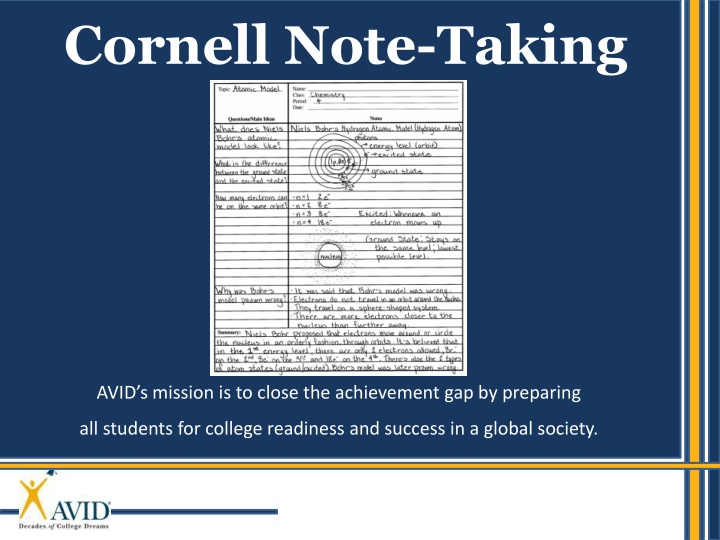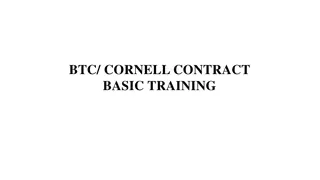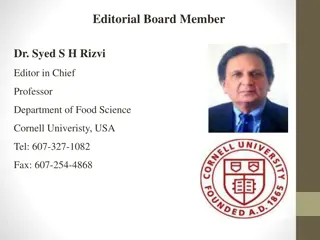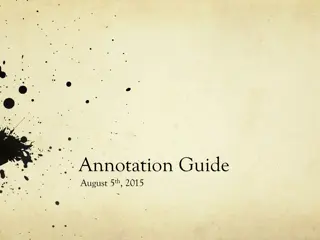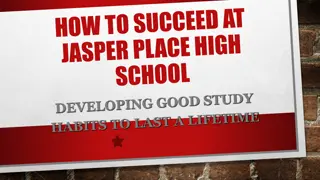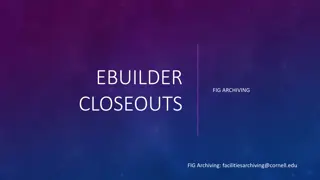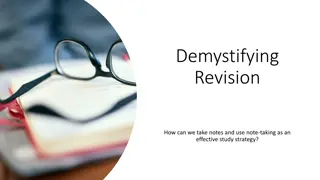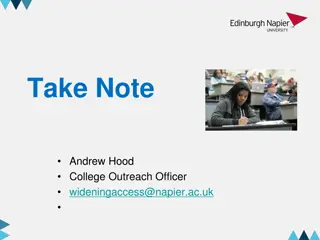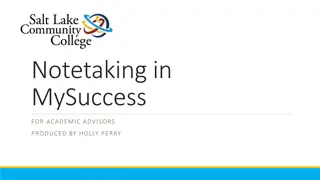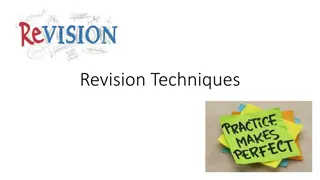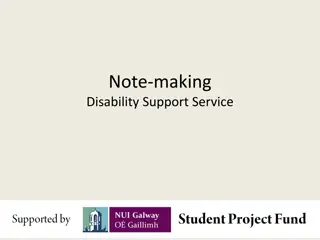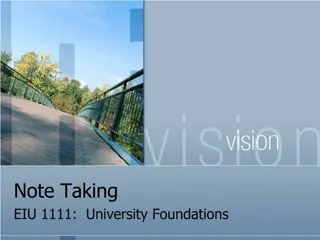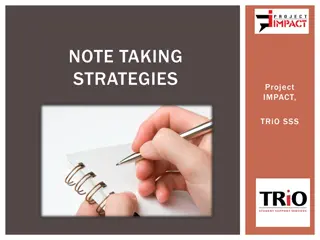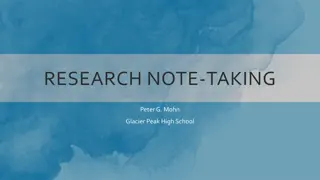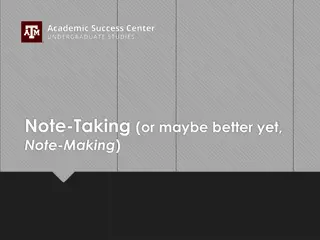Cornell Note-Taking
Enhance your note-taking skills and close the achievement gap with Cornell Note-Taking. Learn the advantages, techniques, and essential questions. Practice the method efficiently for college readiness and success.
Download Presentation

Please find below an Image/Link to download the presentation.
The content on the website is provided AS IS for your information and personal use only. It may not be sold, licensed, or shared on other websites without obtaining consent from the author.If you encounter any issues during the download, it is possible that the publisher has removed the file from their server.
You are allowed to download the files provided on this website for personal or commercial use, subject to the condition that they are used lawfully. All files are the property of their respective owners.
The content on the website is provided AS IS for your information and personal use only. It may not be sold, licensed, or shared on other websites without obtaining consent from the author.
E N D
Presentation Transcript
Cornell Note-Taking AVID s mission is to close the achievement gap by preparing all students for college readiness and success in a global society.
Some Basics Advantages Method for mastering information Efficient Sequential Materials Cornell note paper Basic loose-leaf paper 2
Heading Learning to Name Take Cornell Notes AVID/ Per. September How are taking Cornell Notes different from how I have taken Notes in the past? 5
During the Lecture During Lecture Write In This Section Only 6
Why Take Cornell Notes? Help you work on assignments and study for tests outside of class Stimulates Critical Thinking skills Helps organize and process information Help you recall information and use your notes multiple times 7
First & Last Name Class Title Period Date Topic Essential Question Questions, Subtitles, Headings, Etc. Class Notes 2 1/2 3 to 4 sentence summary across the bottom of the last page of the day s notes, which answers the Essential Question 8
When there is no Essential Questions 3.6-Identify significant literary devices (e.g., metaphor, symbolism, dialect, irony) that define a writer s style. Standard/Objective (ELA) How do literary devices such as metaphor, symbolism, dialect, and irony define the writer s style? Essential Question Alg. 9.0- Students use substitution to solve a system of two linear equations in two variables algebraically. Standard/Objective (Math) How is a system of two linear equations solved by substitution? Essential Question 10.5.2- Understand the role of Appeasement, nonintervention (isolationism), and the domestic distractions in Europe and the United States prior to the outbreak of World War II. Standard/Objective (SS) Why is Appeasement a contributing factor to the start of World War II? Essential Question Diffusion and Osmosis Topic (Science) What is the process of diffusion and osmosis in a membrane system? Essential Question 10
During the Lecture Paraphrasing Skip lines between ideas Abbreviate Use bullets/lists Recognize cues from teachers Use outline style, diagrams, pictures, graphs 11
After the Lesson Highlight important information Cross out non-essential information Star (*) any information that might show up on a test/quiz. 12
After the Lesson Compare your notes with a partner! 13
Generate Good Study Questions Your questions should reflect: Information on the right side Questions that help you study Info that might appear on a test Info you don t understand Gaps in your notes What type of question should I write? Phrase the Question on the left so that it helps you recall the information on the right 14
At home that night Look over that page of notes (1-3 mins.) Write a 3 or 4 sentence summary Identify the most important pieces of information. Answer the Essential Question and your questions on the left side in that summary. 15
Using your notes to Study Cover the notes on the right Rework/Answer questions on the left 16
Lets Focus on your Notes Look over your notes Underline/highlight important information Cross out unnecessary information Make additions/clarifications in another color pen Meet with your Northwest Partner Fill in missed information Generate two good study question in the left column 17
Tonights homework Ensure you have 2 good study questions on the left Set a timer for 3 minutes (or watch the clock), and do a Quickwrite summary answering: How are taking Cornell Notes different from how I have taken Notes in the past? Take Cornell Notes in at least 2 academic classes 18
